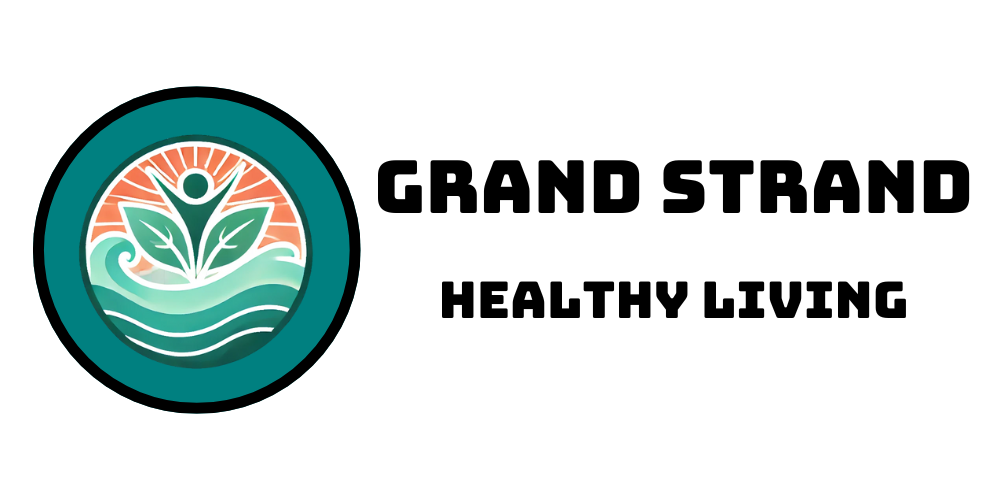
Unseen Risks: Why Melanoma is on the Rise
Skin cancer remains the most prevalent form of cancer in the United States, and its alarming rise over the last half-century demands attention, particularly for residents in the scenic Grand Strand of South Carolina. With melanoma expected to increase by 6% in 2025, it’s crucial to understand not just the common causes but also the overlooked factors contributing to this health crisis. Young adults, especially women under 30, represent the fastest growing demographic for melanoma cases, escalating the urgency for informed awareness and preventative measures.
Beyond Sun Exposure: Risk Factors You Might Not Consider
While excessive sun exposure is widely recognized as the primary cause of skin cancer, this illness can develop in surprisingly unexpected areas. Dr. David C. Reid notes that areas of the body typically sheltered from the sun, like the palms or the soles of the feet, can still absorb harmful UV rays and lead to skin cancer. Additionally, genetic predispositions and chronic health conditions, like immunosuppression, significantly heighten individual risk. For instance, patients who have undergone organ transplants often face a greater chance of developing skin cancer due to their weakened immune systems.
The Role of HPV and Occupational Risks
Another critical contributor to the rise in skin cancer cases, particularly genital cancers, is the human papillomavirus (HPV). Despite common misconceptions, HPV is not solely a sexually transmitted virus; it can surface through non-sexual skin contact as well. This fact is particularly relevant for the Grand Strand’s active population, which may engage with community activities where such exposures could occur.
Moreover, certain professions expose individuals to chemicals leading to skin problems. Firefighters and industrial workers frequently find themselves at a higher risk, a factor residents need to recognize if they work in or near these environments.
The Tanning Paradox: Shifting Beauty Standards
As indoor tanning becomes ever more accessible and trendy, its contributions to rising melanoma statistics are becoming clearer. A recent study from the Skin Cancer Foundation found that individuals who have tanned indoors are at a staggering 29% higher risk for basal cell carcinoma and an 83% increased risk for squamous cell carcinoma. In the youthful demographic—particularly in urban areas like Myrtle Beach or North Myrtle Beach—this trend poses a dire warning. The desire for bronzed skin, often encouraged by social media portrayals of beauty, continues to risk lives.
How Residents of the Grand Strand Can Protect Themselves
Given these risks, it’s imperative for residents of the Grand Strand—from Surfside Beach to Murrells Inlet—to remain proactive in their skin health. Regular skin checks, using UV-protectant clothing, and applying sunscreen with a minimum SPF of 30 are essential habits that can significantly reduce skin cancer risk. Moreover, understanding that outdoor activities, common along the beaches of Pawleys Island and Garden City, necessitate diligent sun protection, can help build a healthier community.
Embracing Sun Safety for Future Generations
Education and awareness are vital. Communities need resources, workshops, and discussions surrounding the less talked-about but equally important causes of skin cancer. By prioritizing these conversations, we empower future generations to adopt healthier habits, reducing the increasing incidence of skin cancer.
Your Role in Promoting Skin Health
Residents of the Grand Strand must take steps not just for their own skin health but also for their community’s well-being. Joining health awareness campaigns, advocating for routine skin screenings, and elevating public discourse on sun safety can foster a community that values preventive care. This is essential not only for reducing skin cancer incidence but also for promoting a more health-conscious culture in regions like Ocean Drive and Crescent Beach.
If you care about your health and the well-being of those around you, it’s time to take action! Engaging with local health services, participating in skin cancer awareness events, or even just sharing knowledge about sun protection can make a significant difference. Together, we can combat the rising trends of skin cancer and foster a healthier future directly along our beautiful coastline.
 Add Row
Add Row  Add
Add 





Write A Comment